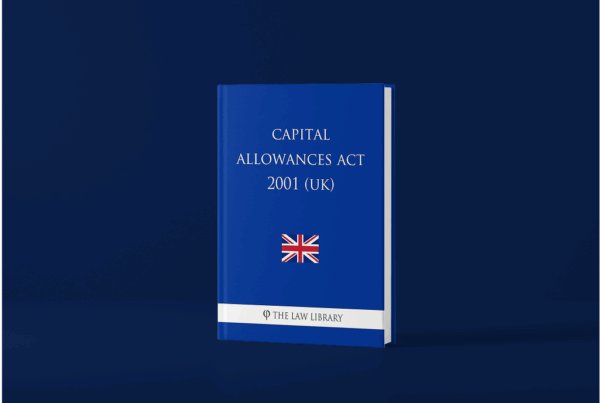Recent surveys depict a concerning picture of the UK commercial real estate landscape, with growing apprehensions amongst property surveyors regarding the declining market trend exacerbated by rising Bank of England interest rates. This has ushered in the most stringent lending conditions witnessed since 2014, emphasising the pivotal role capital allowances play in navigating this turbulent period.
As per the data revealed by the Royal Institution of Chartered Surveyors (RICS), a significant 68% of the fraternity are foreseeing a decline in the commercial real estate market. While this sentiment pervades the market, it is noteworthy that segments such as industrial property, student accommodations, and high-end office spaces are holding their ground admirably.
With the Bank of England’s interest rates holding at 5.25% last month, a strategy to counteract spiralling inflation, has arguably dampened the spirits in the commercial property sector. With predictions indicating further increments in the offing, potentially reaching a peak of 5.75% early next year, the repercussions on capital values and investor demand are palpable. “A noticeable strain on the investor sentiment and capital values is undeniable, as escalated borrowing costs take a toll,” remarked RICS economist, Tarrant Parsons.
The Role of Capital Allowances in the Commercial Real Estate Sector
In such testing times, the importance of Capital Allowances is magnified. These allowances present a vital lifeline, offering financial relief and stability for investors and business owners in the commercial property sector. By strategically leveraging Capital Allowances, particularly in more resilient sectors, businesses can protect their investments, achieving significant tax savings and enhancing their financial footing.
As the Bank of England’s rates reach levels not seen since 2008, there’s a growing debate among policymakers about further rate hikes needed to bring inflation back to the desired 2% mark, down from the current 7.9%. While the impact on households is somewhat cushioned compared to the pre-2008 financial crisis era, businesses are distinctly feeling the impact. These heightened rates have notably slowed the pace of house building and other key sectors, highlighting the critical role of Capital Allowances.
RICS reports a decline in demand for office and retail spaces in recent months, particularly impacting older, less energy-efficient buildings. Conversely, the industrial sector is witnessing a demand surge, painting a mixed picture of the commercial real estate landscape.
Take Advantage Of The Tax Relief Available
As we steer through these turbulent times, Capital Allowances have remerge as an essential tool for commercial property owners. Effectively utilising these allowances can result in substantial tax relief, playing a key role in sustaining business growth and bolstering the resilience of the UK’s commercial property sector.
In the midst of ongoing market volatility, integrating Capital Allowances into business strategies represents a prudent and resilient financial approach. At HMA Tax, we understand the nuances of these allowances and are committed to guiding our clients through these complex waters, ensuring they harness the full benefits of Capital Allowances.
For tailored strategy on how best to utilise Capital Allowances, contact our team at HMA Tax. We’re here to help you navigate the currents of the commercial real estate market with expertise and confidence.

Andy Milnes
Associate Director
If you own a commercial property and would like to find out more about how your business could improve its tax situation, please call Andy on 01384 904090 or email andy@hma.tax for more information.




